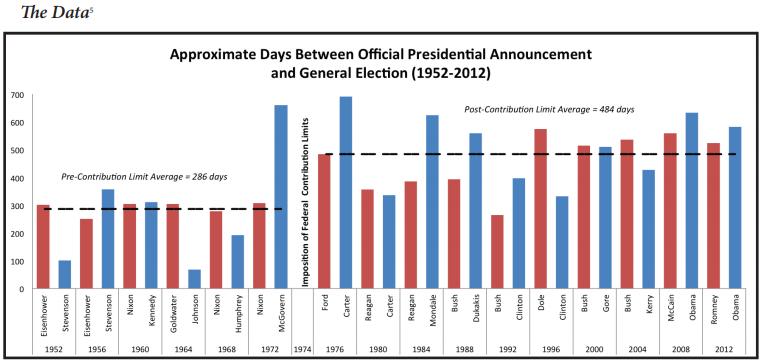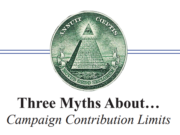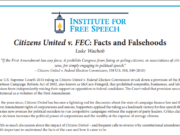Why are campaigns so long these days? Why are so many candidates declaring their candidacies or announcing that they will “test the waters” for a potential presidential campaign in April 2015?
It often feels like the campaign season starts earlier each cycle, but does it really? The Institute for Free Speech looked at the major party nominees for president from 1952 to 2012 to shed light on this question. The following report by the Institute details the number of days between the eventual nominee’s official announcement of his candidacy for president and the general election date for that campaign.
As the Institute’s Issue Brief demonstrates, campaigns today are not significantly longer than those that occurred ten, twenty, or even thirty years ago, but they are considerably longer than campaigns of the 1950s and 1960s. The length of campaigns expanded significantly beginning in the early 1970s, when new regulations went into effect for both campaign finance and primary processes. While reforms to the primary system generally increased the ability of party members to select candidates, efforts to regulate campaign finance limited and restricted the ability of citizens to influence the selection of candidates.
In particular, campaign contribution limits mean that potential candidates can no longer afford to wait for the public to say what it wants before deciding whether to run, as Eugene McCarthy did in 1968. Instead, they must plan their campaigns far in advance, with a level of forethought and organization that favors career politicians over emerging voices. The importance of fundraising – and of demonstrating one’s viability as a candidate through fundraising – combined with low contribution limits pushes candidates to declare earlier than they otherwise would.
A link to the Institute’s report is here.
https://www.ifs.org/wp-content/uploads/2015/05/2015-04-14_IFS-Issue-Brief_Blackburn-And-Wachob_Political-Climate-Change-Web-Version.pdf














